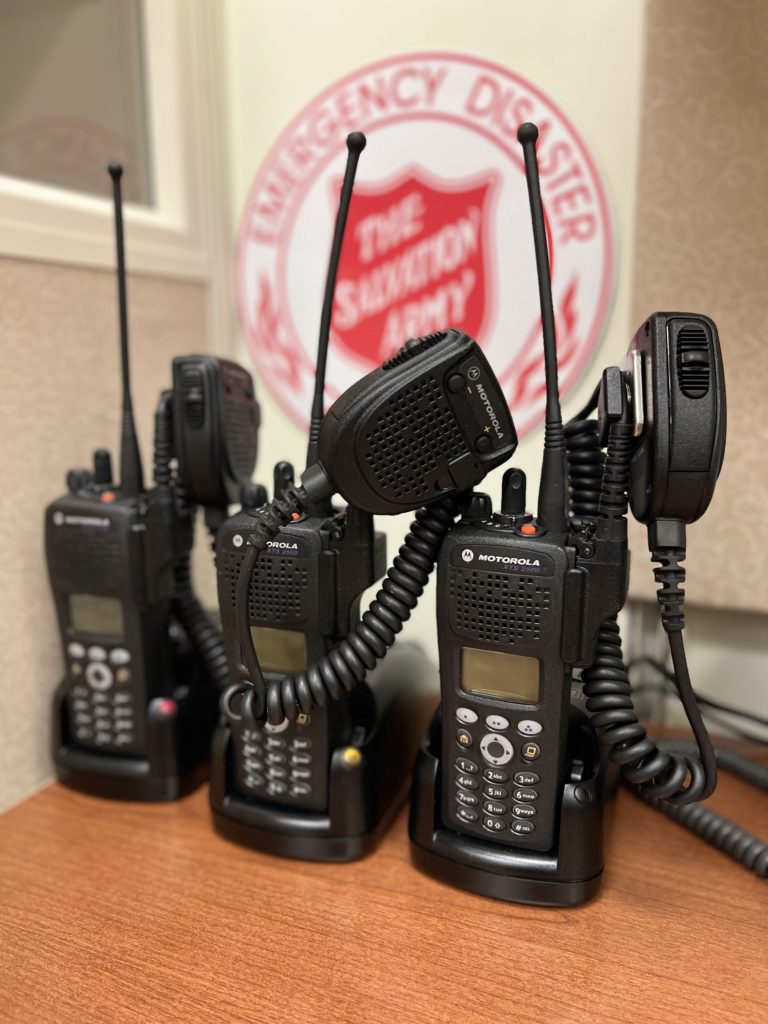Discover the vital role amateur radio plays in emergency communication in Canada
Amateur radio emergency communication is a vital service provided by amateur radio operators, also known as “hams,” in Canada and worldwide. These operators volunteer their time and resources to assist with communication during emergencies and disasters, when traditional means of communication may be unavailable or overwhelmed.
In Canada, amateur radio emergency communication is coordinated by the Amateur Radio Emergency Service (ARES), a national organization that is part of the Radio Amateurs of Canada (RAC). ARES consists of trained amateur radio operators ready to assist with communication during emergencies and support other organizations such as the Canadian Red Cross or The Salvation Army and local emergency management agencies.

One of the key advantages of amateur radio emergency communication is that it is not dependent on infrastructure, such as phone lines or the internet. This makes it a reliable means of communication when other systems are down or damaged. Amateur radio operators can use various modes of communication, including voice, text, and data, to transmit information over short and long distances.
In the past, amateur radio emergency communication relied largely on analog technologies, such as single sideband (SSB) and frequency modulation (FM). These modes are still in use today, but modern digital radios have opened up new possibilities for communication.
Digital radios, also known as software-defined radios (SDRs), allow for data transmission using digital encoding and decoding techniques. This allows for more efficient use of spectrum, as well as improved reliability and security of communication. Digital radios also offer a wider range of features, such as GPS tracking and internet connectivity.
One of the most popular digital modes for amateur radio emergency communication is D-STAR (Digital Smart Technologies for Amateur Radio), which the Japan Amateur Radio League developed. D-STAR uses digital voice and data transmission and is used by amateur radio operators worldwide.
Another popular digital mode is APCO Project 25 (P25), which is used by public safety agencies such as police and firefighters. P25 is a standard for digital mobile radio communication, and many amateur radio operators have P25-compatible radios to assist with communication during emergencies.
While modern digital radios offer many advantages, it is important to remember that they are still reliant on electricity and may not always be available during an emergency. This is why it is important for amateur radio operators also to be proficient in traditional analog modes of communication.
In summary, amateur radio emergency communication is an essential service provided by volunteers in Canada and around the world. While modern digital radios offer many advantages, it is important for operators also to be proficient in traditional analog modes to ensure reliable communication during emergencies.

